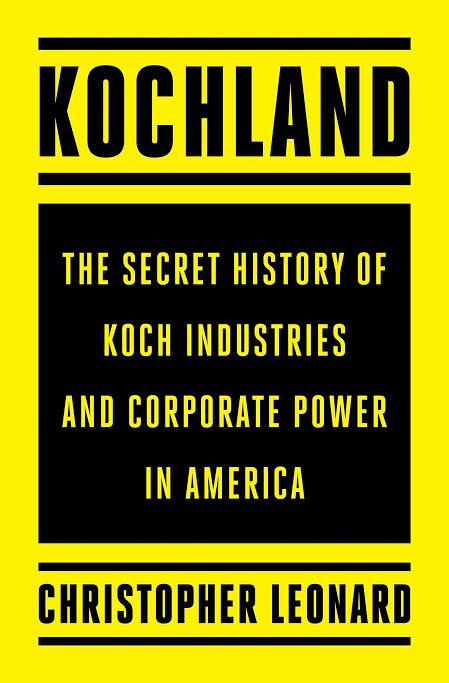
Of late, there has been a lot of chatter that "value" is making a comeback after a decade of underperformance. While this is broadly true, there is a large amount of nuance that such a statement glosses over.
In most circumstances, it doesn't matter. But if you are a quant investor, or an investor in a quant fund, understanding these nuances matters a lot. After all, not all large cap funds are the same. Why should all value strategies be the same?
The textbook definition of value in the quant sense is the p/b ratio. Fama and French, the duo that proposed this idea, sorted the investment universe based on price to book. Roughly speaking, 1/3rd of the stocks with the lowest p/b ratios were considered value stocks.
A value portfolio was then constructed as an equal weighted long portfolio with these cheapest stocks, combined with a short portfolio of the most expensive stocks. And the performance of this portfolio over time was then taken to be the performance of the value factor.
This, however, is almost never how real value portfolios are constructed. For one thing, a lot of real portfolios are long-only in nature. Which means that they are not market neutral, and to a large extent, their performance is determined by the returns in the broad market.
Second, the p/b ratio is rarely the only variable that is considered when determining if something is a value stock. Other commonly used variables include p/e, p/s, ev/ebitda, dividend yield, etc. There are very good reasons to use multiple variables to determine value.
Clearly, the choice of variables that a fund manager uses can cause the resulting portfolios to have very different outcomes. Not only is the choice of variables important, but also how they are all combined to come up with a final score.
While there are many more nuances to talk about, the important consequence is that real world portfolios can have very different outcomes compared to the performance of the textbook versions of the relevant factors.
For example, @CliffordAsness of AQR says that despite the broader value underperformance starting from 2010, their own value portfolios did not really suffer until as late of 2017. This was a result of how robust their definition of value was and their portfolio construction.
The key takeaway is this. If and when you choose to invest in a quant strategy, look beyond the label. There is a lot going on beneath the surface
• • •
Missing some Tweet in this thread? You can try to
force a refresh





